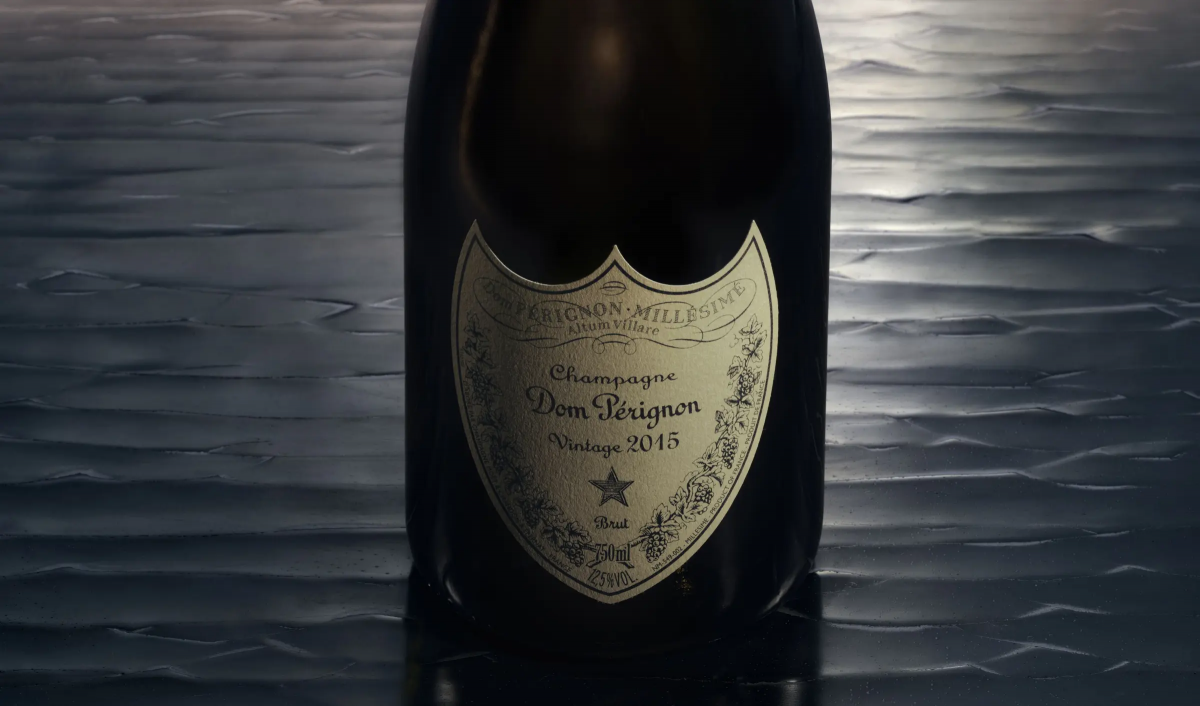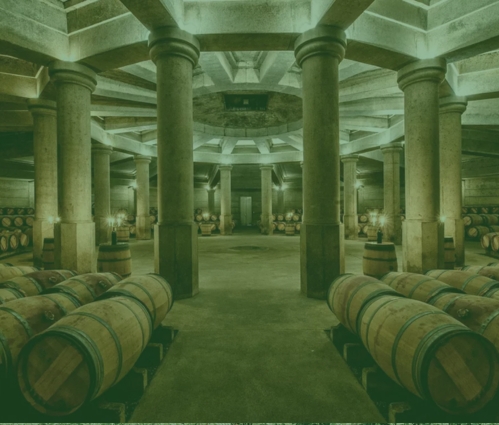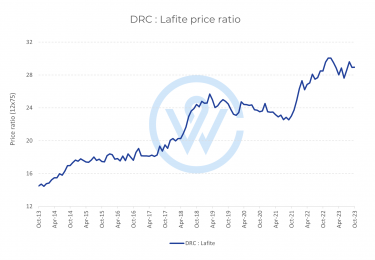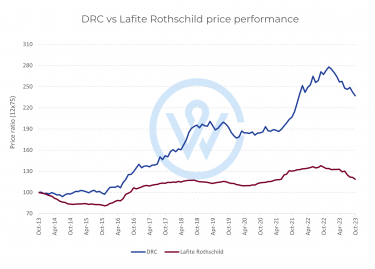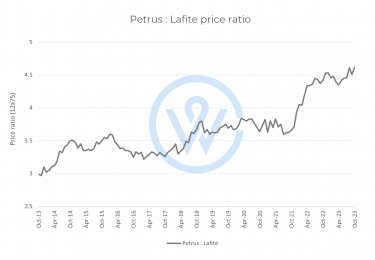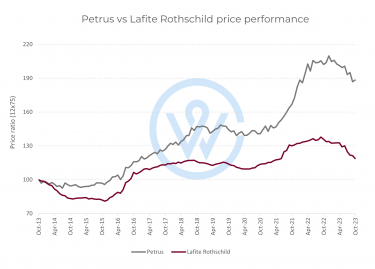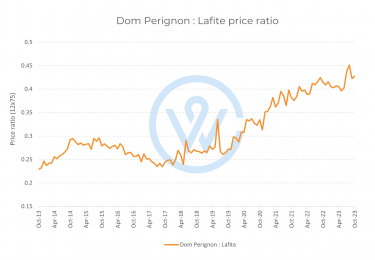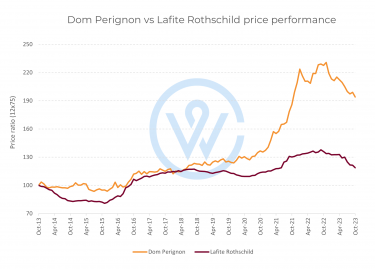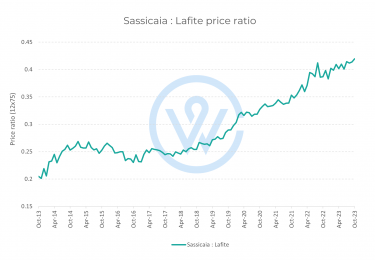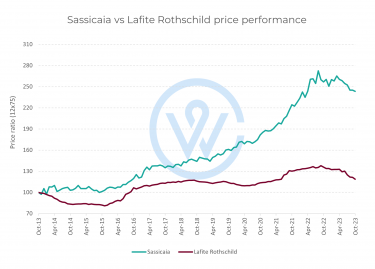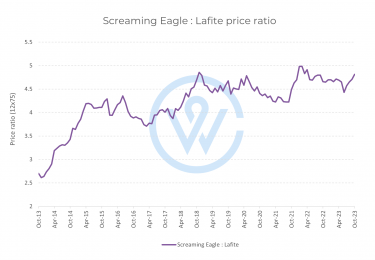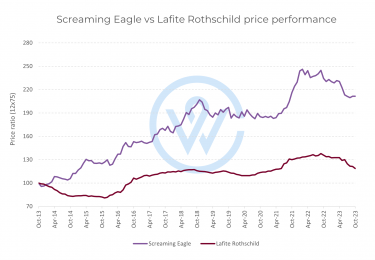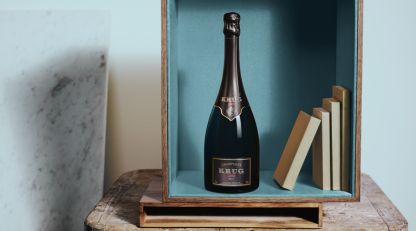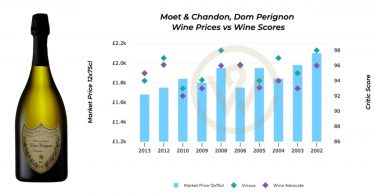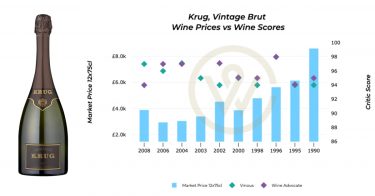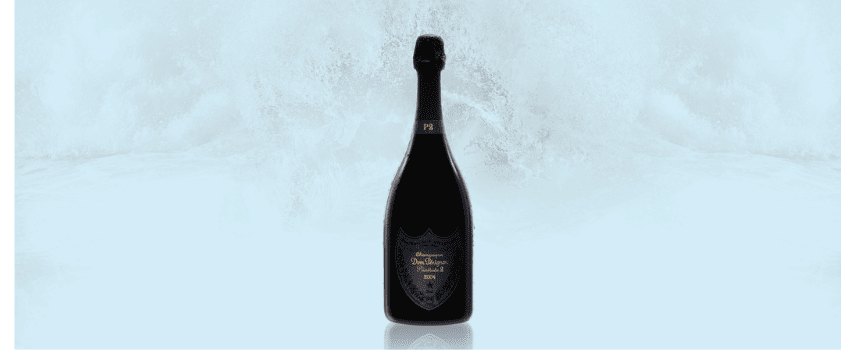- Dom Pérignon is one of the most popular wine brands in the world, resonating with drinkers, collectors and investors.
- This week saw the latest Dom Pérignon vintage release – the 2015.
- Dom Pérignon prices have risen on average 90% in the last decade.
Dom Pérignon is one of the most popular wine brands in the world. It consistently ranks in Wine-Searcher’s top five most searched-for wines, and its label resonates with drinkers, collectors and investors alike.
Latest vintage release: Dom Pérignon 2015
This week saw the latest vintage release from the renowned Champagne house – Dom Pérignon 2015, with a recommended retail price of £1,750 per 12×75 case. The wine boasts 96 points from Antonio Galloni (Vinous) who said that it ‘shows terrific energy’ and ‘is a fine showing in a vintage that has proven to be tricky’.
Brief history of Dom Pérignon
Dom Pérignon is named after a Benedictine monk, Dom Pierre Pérignon (1638–1715). As a cellar master at the Abbey of Hautvillers in the Champagne region of France, he significantly contributed to the quality and production methods of Champagne, such as blending grapes from different vineyards and improving clarity. Moët & Chandon introduced the Dom Pérignon brand as its prestige cuvée in the 20th century, with the first vintage released in 1921. Since then, the wine has become synonymous with luxury and celebration.
Dom Pérignon investment performance
Dom Pérignon has been one of the most popular Champagne brands for investment for a reason. On average, prices have risen 90% over the last decade. The Dom Pérignon index hit an all-time high in November 2022 (up 136% since June 2014). Prices have since come off their peak making now an opportune time to buy, given the overall upward trend.
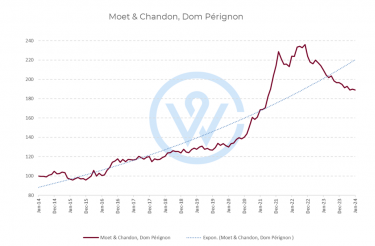
The average Dom Pérignon price per case is £2,260, making it more affordable than other popular investment-grade Champagnes like Krug, Louis Roederer Cristal, Pol Roger Sir Winston Churchill, Bollinger RD and Philipponnat Clos des Goisses, all the while providing similar returns.
The highest-scoring Dom Pérignon vintages
The highest-scoring Dom Pérignon vintage from Galloni is the 2008 (98+), which he describes as ‘magnificent’ and a ‘Champagne that plays in three dimensions’.
The 2004 (‘one of my favourite Dom Pérignons’) and 2002 (‘speaks to opulence and intensity’) boast 98-points from the critic. Up next with 97-points is 2012, which he called ‘a dynamic Champagne endowed with tremendous character’, and the ‘beautifully balanced, harmonious’ 2006.
From Wine Advocate, the top-scoring Dom Pérignon vintages include 1996 (98 pts), 1961 (97 pts), and several vintages scoring 96 points, such as 2008, 2002, 2006, 1976, 1990, 1982, and 2012.
The best value Dom Pérignon on the market today
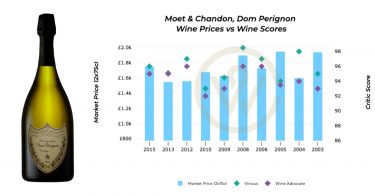
The 2004 and 2012 Dom Pérignon vintages are two of the most popular, not least because they offer great value in the context of other vintages. They are two of the most affordable on the market today, while also boasting high scores. The 2004 further benefits from additional time in bottle; however, these earlier vintages are often harder to source than the new releases.
Regardless of the vintage of choice, and whether for investment or collecting, Dom Pérignon remains the pinnacle of the Champagne world. Its strong branding, outstanding quality and investment performance make it a top choice for wine enthusiasts and investors alike.
WineCap’s independent market analysis showcases the value of portfolio diversification and the stability offered by investing in wine. Speak to one of our wine investment experts and start building your portfolio. Schedule your free consultation today.
